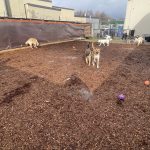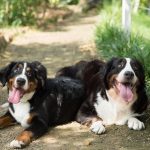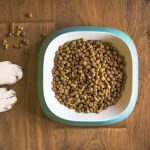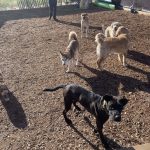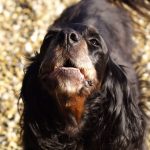We all dread that call: “Your pup has a cut.” Fortunately, not all wounds need stitches! Your vet may recommend open wound care—also called second‑intention healing—in which you gently flush and care for the cut until it heals on its own.
What Is Second‑Intention (Open) Healing?
Second‑intention healing means letting the wound heal naturally—no stitches. Instead, the body uses three main steps:
- Granulation tissue forms—a pink, bumpy bed of healing skin
- Contraction and epithelialization: the skin edges pull inward and new skin spreads over the wound
- Scar maturation, where the tissue strengthens over time
This method is especially useful when the wound is dirty, a skin flap is missing, or stitches would trap bacteria inside.
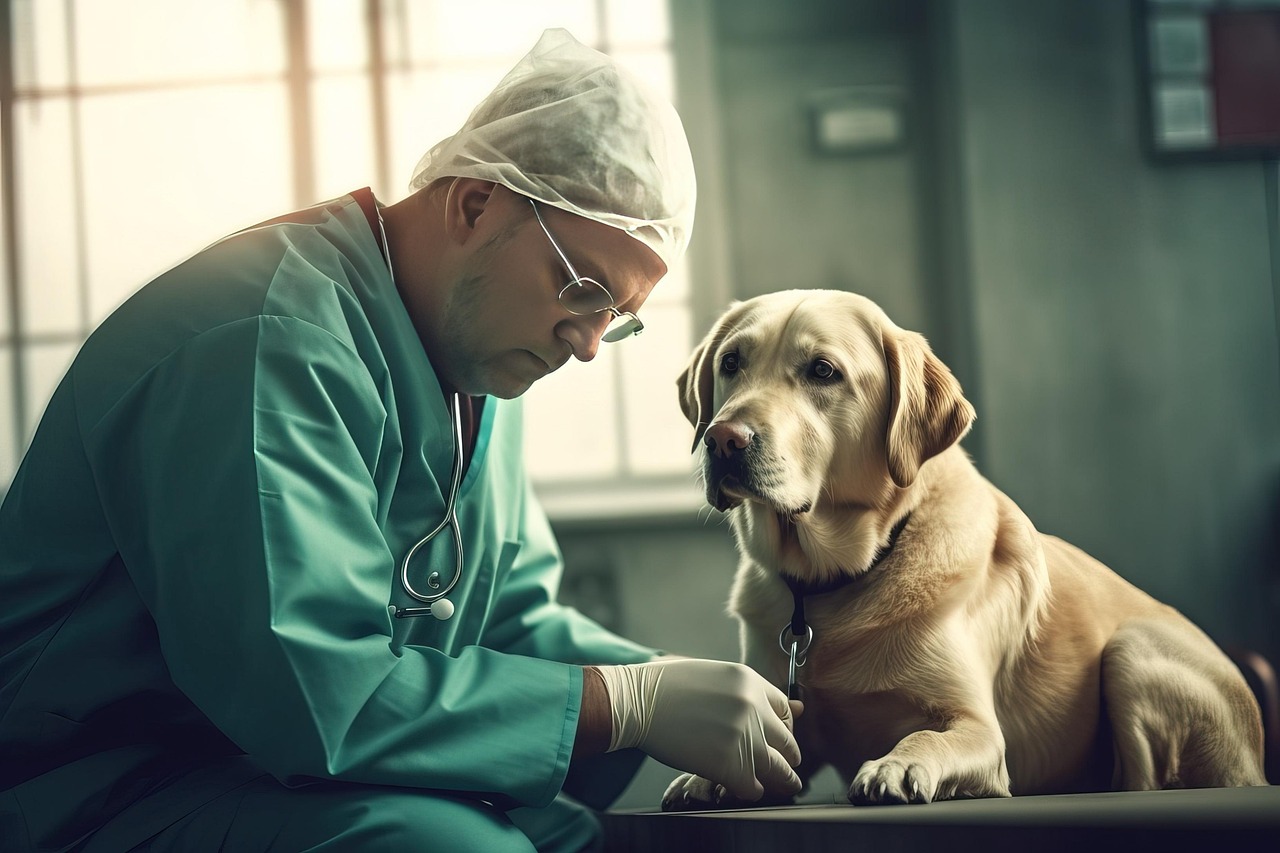
Why Vets Choose Flushing Over Stitches
Avoiding anesthesia risks
Ideal for older dogs, pets with health issues, or those sensitive to sedation.
Better for contaminated or infected wounds
Stitches can seal in harmful bacteria; open care ensures drainage.
Needed when skin can’t close
On the face, legs, or joints where skin lacks mobility or is missing .
Cost-effective and convenient
Fewer vet visits mean less stress—and easier healing under vet guidance.
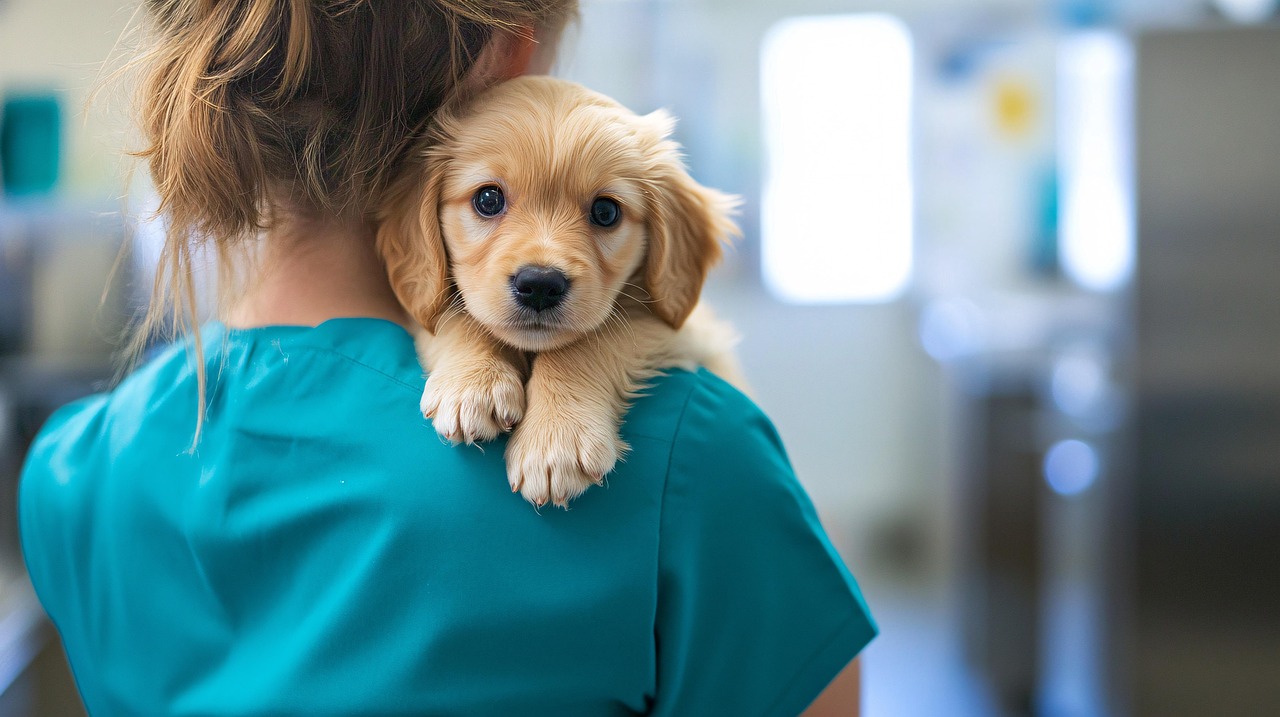
How It Works: The Healing Process
1. Debridement (Cleaning Out)
This removes dead or contaminated tissue to reduce infection risk.
2. Wound Lavage (Flushing)
Use warm water or saline under gentle pressure to wash away debris and bacteria.
3. Granulation Tissue Formation
Healthy pink tissue fills the wound bed—essential for natural closure.
4. Contraction & Epithelialization
The wound narrows as edges contract and skin regenerates from edges inward .
5. Maturation
Scar tissue strengthens over weeks or months.

Home Care: Step‑by‑Step
Supplies You’ll Need
- Disposable gloves
- Warm tap water or saline (1 tsp salt in 2 cups water)
- Dilute chlorhexidine (0.05 %) or povidone‑iodine (if directed)
- Sterile gauze, bandages, VetWrap
- Syringe for flushing
- Elizabethan collar (cone)
- Muzzle for safety
- Antimicrobial ointment (pet-safe)
Cleaning Routine
- Restrain with care—use a muzzle or help from someone experienced.
- Stop bleeding by applying gentle pressure if needed.
- Flush well with warm water or saline—use a syringe for controlled pressure .
- Optional antiseptic: dilute chlorhexidine or iodine only if instructed .
- Massage edges lightly to promote drainage .
- Apply dressing: use wet-to-dry gauze initially, then non-stick pads once granulation appears .
- Secure with VetWrap, not too tightly—watch for swelling or limping.
- Clean bandage daily at first, reducing to every 2–3 days as healing progresses.
- Prevent licking: use a head cone or protective shirt.

When to Call the Vet
Watch for warning signs:
- Thick, colored discharge (yellow/green pus), foul smell, redness, or swelling .
- Persistent bleeding or open wound after weeks.
- Wounds on joints, face, chest, or deep punctures.
- Dog seems in pain, lethargic, or has fever.
- Bandage issues: tightness, tingling, purple skin, or limping .
Pros and Cons
| ✅ Benefits | ❌ Drawbacks |
|---|---|
| No anesthesia | Healing takes longer |
| Effective drainage of infection | Hairless, scarred area |
| Cheaper & at-home friendly | Requires consistent vet monitoring |
Quick FAQ
Q1: Can I use hydrogen peroxide?
No—it’s toxic to healing tissues and slows recovery .
Q2: Won’t my dog’s licking ruin it?
Yes—licking can introduce bacteria. Use an had cone or protective covering .
Q3: When are stitches still better?
Deep cuts exposing muscle/bone, heavy bleeding, wounds over 6–8 hours old, or bites often need sutures.
Open wound care, or second‑intention healing, is a safe and effective method when performed correctly under veterinary guidance. By flushing with clean water, using gentle antiseptics when advised, dressing properly, and monitoring closely, you can help your dog heal naturally—no stitches necessary.
References
- MSPCA-Angell – 2nd Intention Healing in Full-Thickness Skin Wound Management
- Merck Veterinary Manual – Initial Wound Management in Small Animals
- Today’s Veterinary Practice – Managing Wounds in Veterinary Patients
- VCA Animal Hospitals – Care of Open Wounds in Dogs
- Veterinary Partner (VIN) – Wound Healing in Dogs and Cats
- DVM360 – Wound Management and Second-Intention Healing
- University of Minnesota – Basic Wound Treatment & Second-Intention Healing
- Today’s Veterinary Nurse – Wound Care & Bandaging Techniques
- NCBI – Principles of Wound Management and Healing in Animals
- Vetericyn Blog – Healing Stages of a Dog Wound
- Wikipedia – Wound Licking
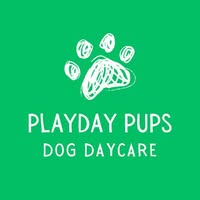
Playday Pups is a boutique dog daycare and home-like boarding service located in Burlington, Ontario. Owned and operated by Tara and Dave, we specialize in creating a fun, safe, and structured environment where dogs can play, relax, and thrive. Whether you’re looking for dog daycare during the workweek or dog boarding for overnight stays, we provide personalized care for every pup. Ready to join the pack? Start by filling out our dog registration form.
☎️ (905) 230-2541 | 📨 hello@playdaypups.ca | 🚗 1234 Advance Rd, Burlington Google MAP

